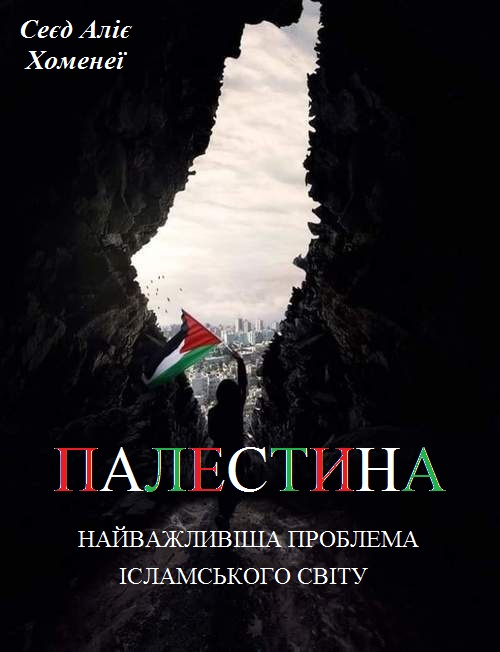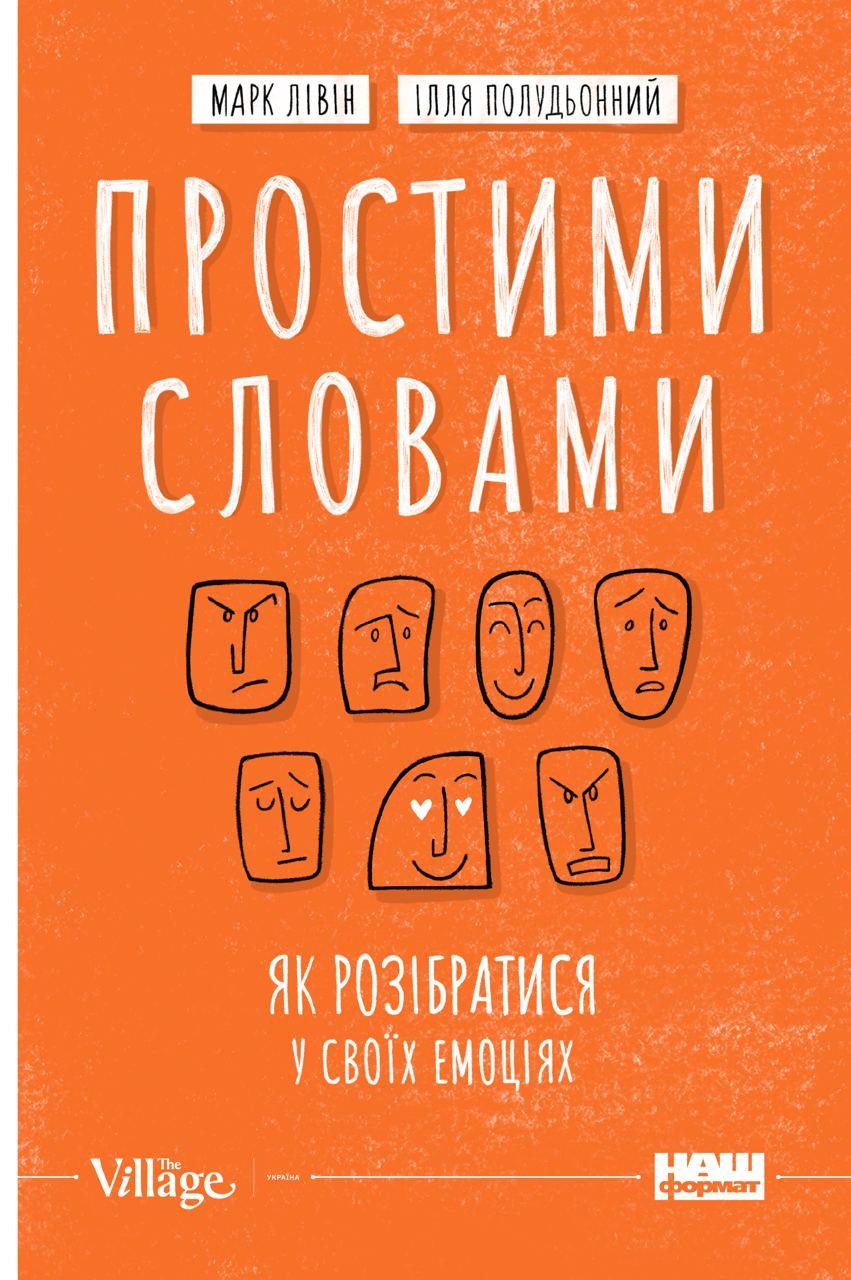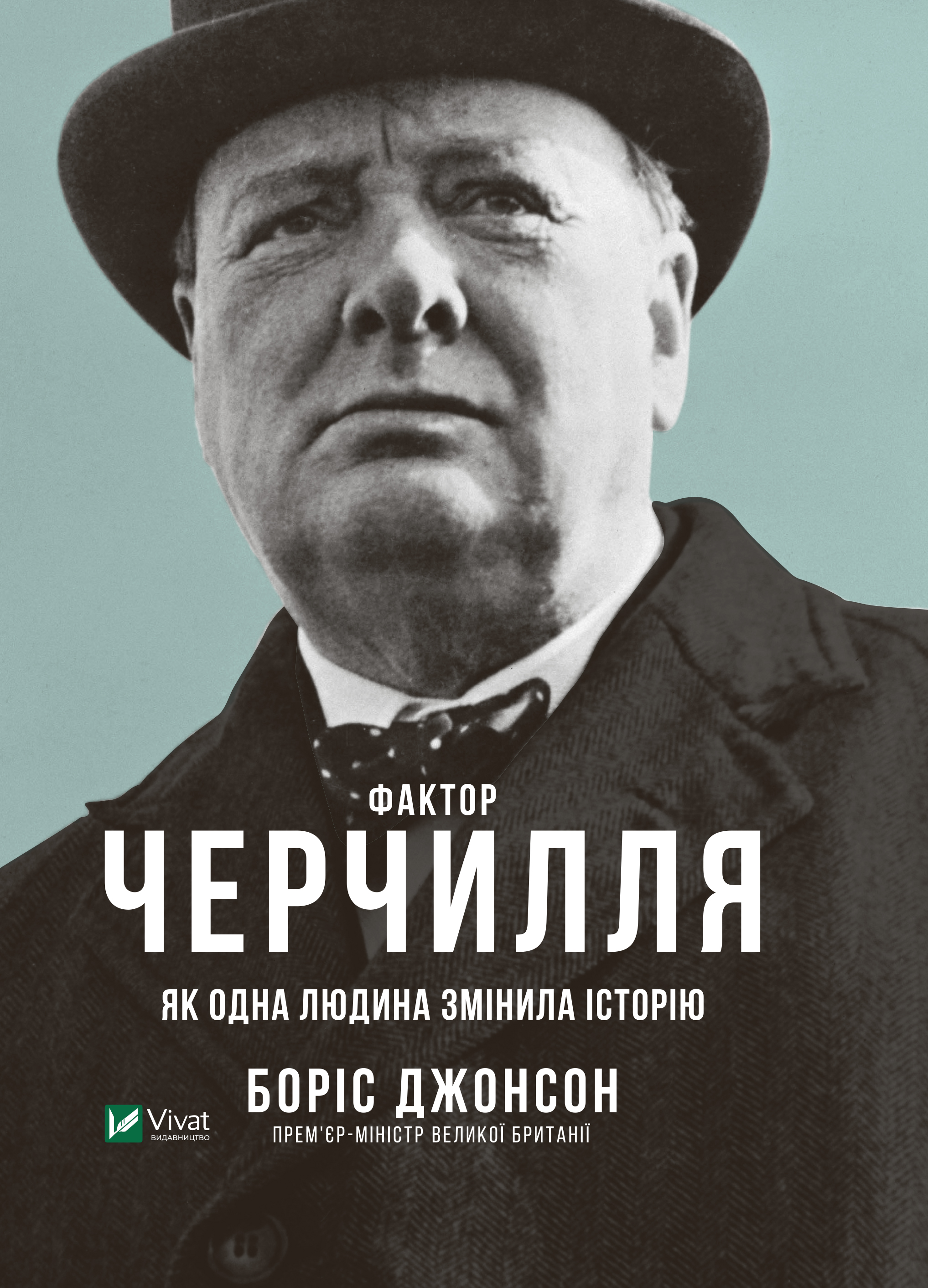Читати книгу - "Genghis Khan and the Making of the Modern World"
Шрифт:
Інтервал:
Добавити в закладку:
With so many accomplishments by the Mongols, it hardly seems surprising that Geoffrey Chaucer, the first author in the English language, devoted the longest story in The Canterbury Tales to the Asian conqueror Genghis Khan of the Mongols. He wrote in undisguised awe of him and his accomplishments. Yet, in fact, we are surprised that the learned men of the Renaissance could make such comments about the Mongols, whom the rest of the world now view as the quintessential, bloodthirsty barbarians. The portrait of the Mongols left by Chaucer or Bacon bears little resemblance to the images we know from later books or films that portray Genghis Khan and his army as savage hordes lusting after gold, women, and blood.
Despite the many images and pictures of Genghis Khan made in subsequent years, we have no portrait of him made within his lifetime. Unlike any other conqueror in history, Genghis Khan never allowed anyone to paint his portrait, sculpt his image, or engrave his name or likeness on a coin, and the only descriptions of him from contemporaries are more intriguing than informative. In the words of a modern Mongolian song about Genghis Khan, “we imagined your appearance but our minds were blank.”
Without portraits of Genghis Khan or any Mongol record, the world was left to imagine him as it wished. No one dared to paint his image until half a century after his death, and then each culture projected its particular image of him. The Chinese portrayed him as an avuncular elderly man with a wispy beard and empty eyes who looked more like a distracted Chinese sage than a fierce Mongol warrior. A Persian miniaturist portrayed him as a Turkish sultan seated on a throne. The Europeans pictured him as the quintessential barbarian with a fierce visage and fixed cruel eyes, ugly in every detail.
Mongol secrecy bequeathed a daunting task to future historians who wished to write about Genghis Khan and his empire. Biographers and historians had so little on which to base an account. They knew the chronology of cities conquered and armies defeated; yet little reliable information existed regarding his origin, his character, his motivation, or his personal life. Through the centuries, unsubstantiated rumors maintained that soon after his death, information on all these aspects of Genghis Khan’s life had been written in a secret document by someone close to him. Chinese and Persian scholars referred to the existence of the mysterious document, and some scholars claimed to have seen it during the apex of the Mongol Empire. Nearly a century after Genghis Khan’s death, the Persian historian Rashid al-Din described the writings as an “authentic chronicle” written “in the Mongolian idiom and letters.” But he warned that it was guarded in the treasury, where “it was hidden and concealed from outsiders.” He stressed that “no one who might have understood and penetrated” the Mongol text “was given the opportunity.” Following the collapse of Mongol rule, most traces of the secret document seemed to have disappeared, and in time, many of the best scholars came to believe that such a text never existed, that it was merely one more of the many myths about Genghis Khan.
Just as the imaginative painters of various countries portrayed him differently, the scholars did likewise. From Korea to Armenia, they composed all manner of myths and fanciful stories about Genghis Khan’s life. In the absence of reliable information, they projected their own fears and phobias onto these accounts. With the passage of centuries, scholars weighed the atrocities and aggression committed by men such as Alexander, Caesar, Charlemagne, or Napoleon against their accomplishments or their special mission in history. For Genghis Khan and the Mongols, however, their achievements lay forgotten, while their alleged crimes and brutality became magnified. Genghis Khan became the stereotype of the barbarian, the bloody savage, the ruthless conqueror who enjoyed destruction for its own sake. Genghis Khan, his Mongol horde, and to a large extent the Asian people in general became unidimensional caricatures, the symbol of all that lay beyond the civilized pale.
By the time of the Enlightenment, at the end of the eighteenth century, this menacing image appeared in Voltaire’s The Orphan of China, a play about Genghis Khan’s conquest of China: “He is called the king of kings, the fiery Genghis Khan, who lays the fertile fields of Asia waste.” In contrast to Chaucer’s praise for Genghis Khan, Voltaire described him as “this destructive tyrant . . . who proudly . . . treads on the necks of kings,” but “is yet no more than a wild Scythian soldier bred to arms and practiced in the trade of blood” (Act I, scene I). Voltaire portrayed Genghis Khan as a man resentful of the superior virtues of the civilization around him and motivated by the basic barbarian desire to ravish civilized women and destroy what he could not understand.
The tribe of Genghis Khan acquired a variety of names—Tartar, Tatar, Mughal, Moghul, Moal, and Mongol—but the name always carried an odious curse. When nineteenth-century scientists wanted to show the inferiority of the Asian and American Indian populations, they classified them as Mongoloid. When doctors wanted to account for why mothers of the superior white race could give birth to retarded children, the children’s facial characteristics made “obvious” that one of the child’s ancestors had been raped by a Mongol warrior. Such blighted children were not white at all but members of the Mongoloid race. When the richest capitalists flaunted their wealth and
Увага!
Сайт зберігає кукі вашого браузера. Ви зможете в будь-який момент зробити закладку та продовжити читання книги «Genghis Khan and the Making of the Modern World», після закриття браузера.



